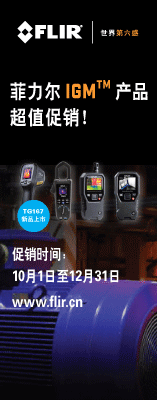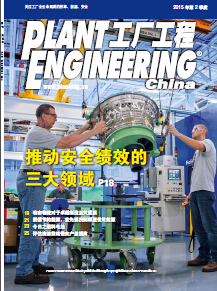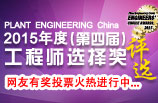If you want to make it to the finish linequickly, you need a fast horse. To maketop times, however, it helps to have twoor more high-performance horses in therace. Competition brings out the best inperformance, and nowhere is this truerthan in the world of industrial protocols.

Industrial communications networks allow the monitoring of facilities from the
control room. Courtesy: Siemens AG
Currently the “Big Three” open digitalprotocols in process automation, HART,Profibus, and Foundation Fieldbus, arecompeting against one another. The factthat there are three open “standards” hasoften been seen as negative—would itnot be beneficial to have just one standard?From a manufacturer’s perspective,it would slash development costsconsiderably.
Competition, though, is a basic elementof any free market economy. Competitionensures that customers pay thelowest possible price for the highestquality of goods and services.
By forcing businesses or protocolsto compete for customers, they becomemore efficient, resulting in more innovationand improved quality. So, from anend user’s perspective, it is best to havethese competing protocols.
Choices, choices
Foundation Fieldbus uses the marketingmessage “Freedom to Choose.” Ifthere were just one open protocol, thenend users would not have this freedom.They would not be able to evaluate thethree protocols and decide which onebest fits their applications. This selectionprovides an essential element offreedom to users.
Of the three communications protocols,HART—the oldest—is the easiestto use and has basic functionality butgenerally lacks automatic connectionto the automation system. In contrast,Profibus is a complete solution with high functionality and ease of use, meeting customers’ automation needs fromdrives to instruments. Finally, FoundationFieldbus, which is aimed at instrumentation,has moved control into the field. Of the three protocols, it has thehighest functionality but is also the most complex—and the most expensive.
The choice of protocol really dependsboth on the application and the enduser. An end user who is comfortablewith HART might be frustrated by the complexities of Foundation Fieldbus.Likewise, someone who is comfortablewith Profibus might be frustrated by themissing features in HART. Each protocoloffers different features that will appealto different users and applications.
The benefit of open protocols
Open protocols have the benefit ofnot being proprietary, and thereforemany vendors can have input into theirdevelopment. If there were only a single protocol available, the end user wouldbe subject to the risk of politics withinthe governing body and good ideas couldbe lost.
To paraphrase the old saying, competitionreally does keep all groups on theirtoes, and if one group ignores a marketsegment, you can bet the other will not.Once a good idea is designed into oneprotocol, chances are that users of competingprotocols will recognize its valueand begin demanding it.
Despite their fierce competition,however, these protocols have a greatdeal of interplay between them and crosspollinationoccurs on a regular basis.
For example, for Foundation Fieldbus,interoperability was a recognized problem—one from which Profibus did notsuffer. Foundation Fieldbus listened to thedemands of its end users, who requestedthe ability to place instruments in protocolwith other types of instrumentsand began working to fix this problem.The fact that Profibus was better at thisfunctionality initiated changes at FoundationFieldbus to prevent customers fromjumping onto the Profibus bandwagon.
On the other hand, from the time itwas launched, Foundation Fieldbus hashad great device identification. Usersbenefited from this feature and encouraged Profibus to include it, which ithas. Essentially, both protocols haveimproved due to their ongoing competition.
In fact, even the old dog HART haslearned some new tricks from the othertwo protocols. Through increased testingstandards, HART has dramaticallyimproved its testing regimens with therelease of HART 7.
And what might HART have to teachthe others? HART was the first to useelectronic device descriptions (EDD) foraccessing configuration and diagnosticdata in field devices. Both Profibus andFoundation Fieldbus later adopted thesame method, and since then, all threeprotocol groups have worked with eachother to extend the EDD standard.
It has become clear that we are now Profibus, and Foundation Fieldbus arehere to stay. This competition will servecustomers well, driving new innovationand making best practices the industry standards.
Powell is in the business developmentdepartment in the industrial automationsector of Siemens AG, Peterborough,Canada. PE








.jpg)






 关注本刊微信订阅号
关注本刊微信订阅号